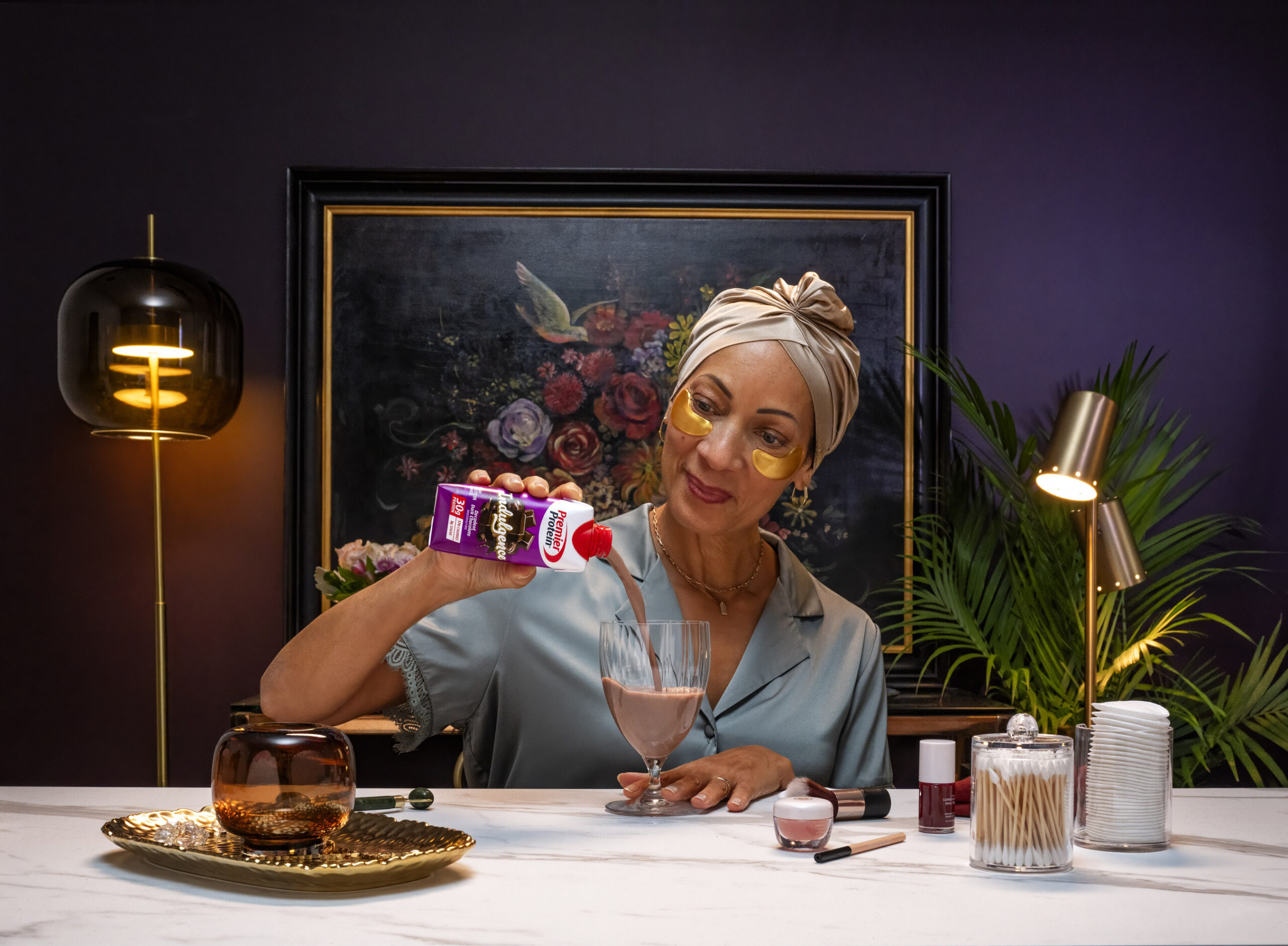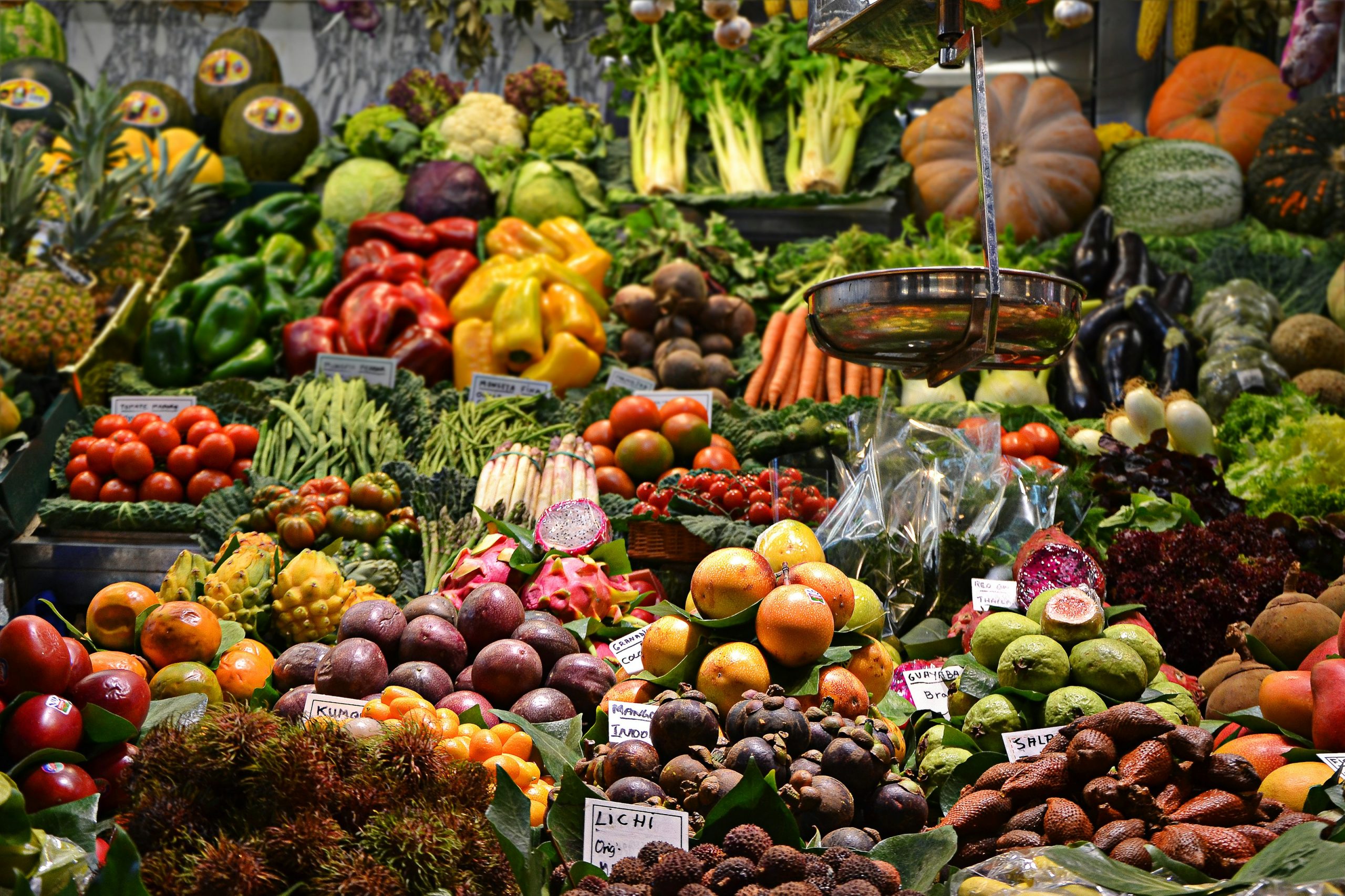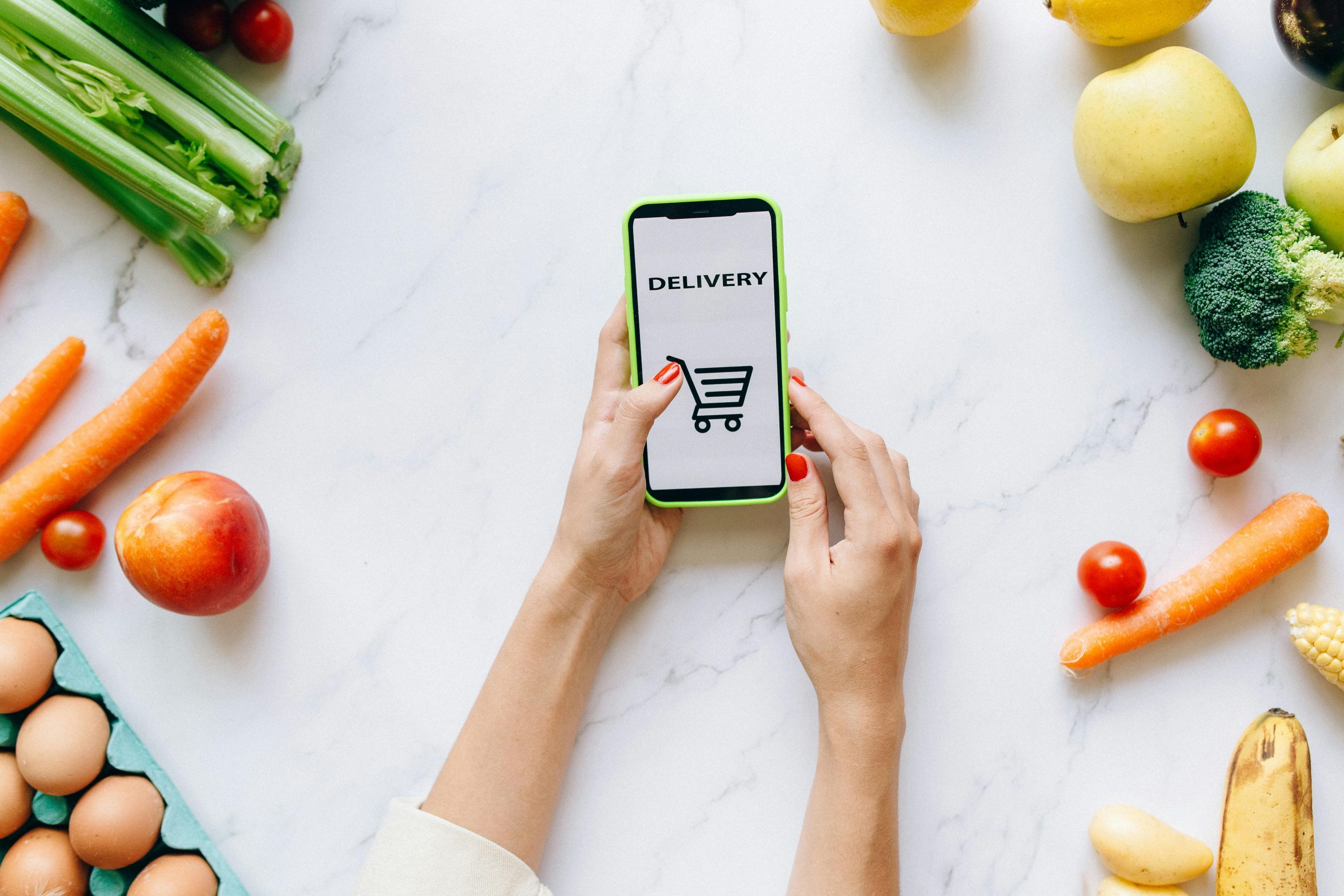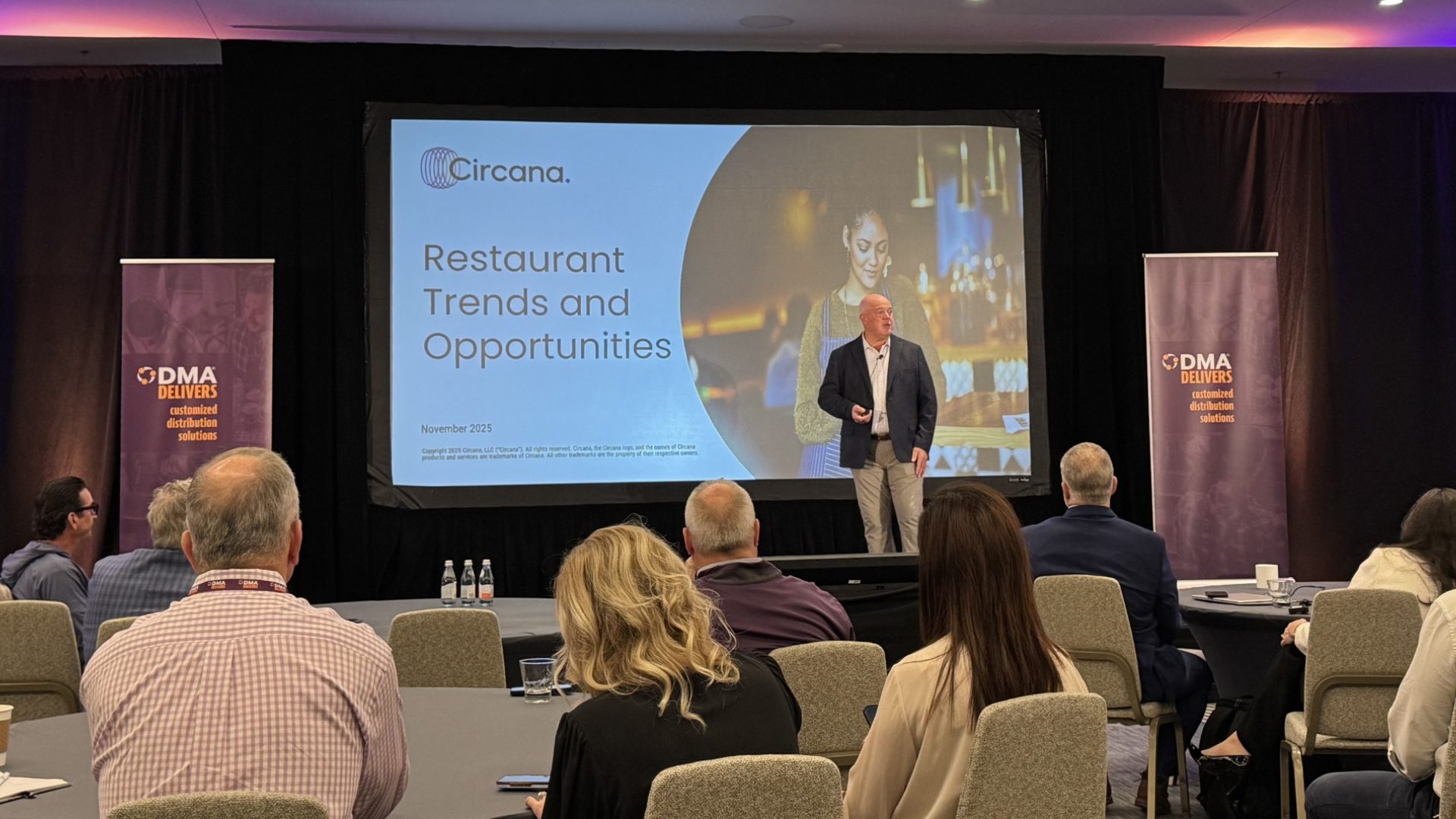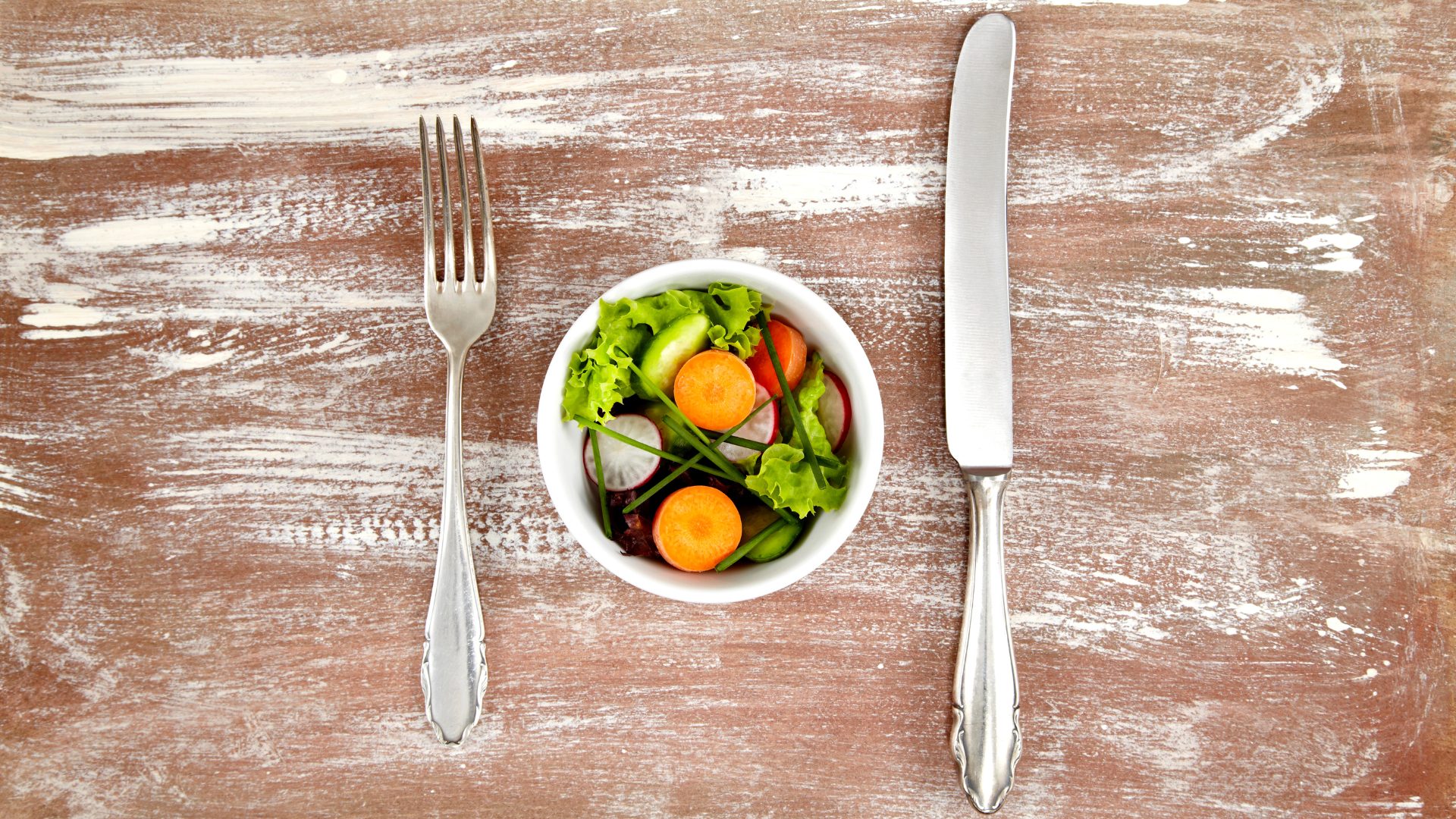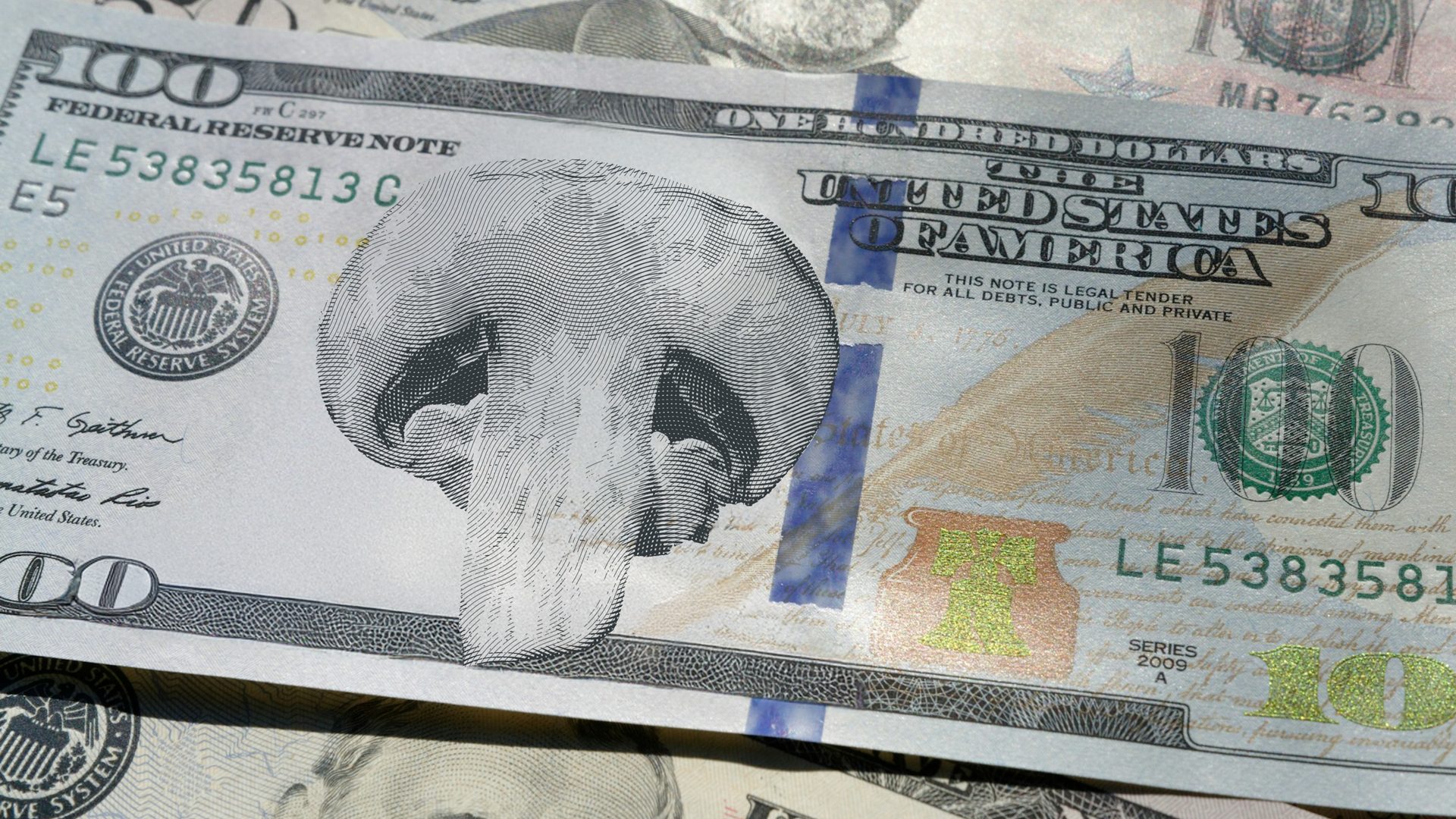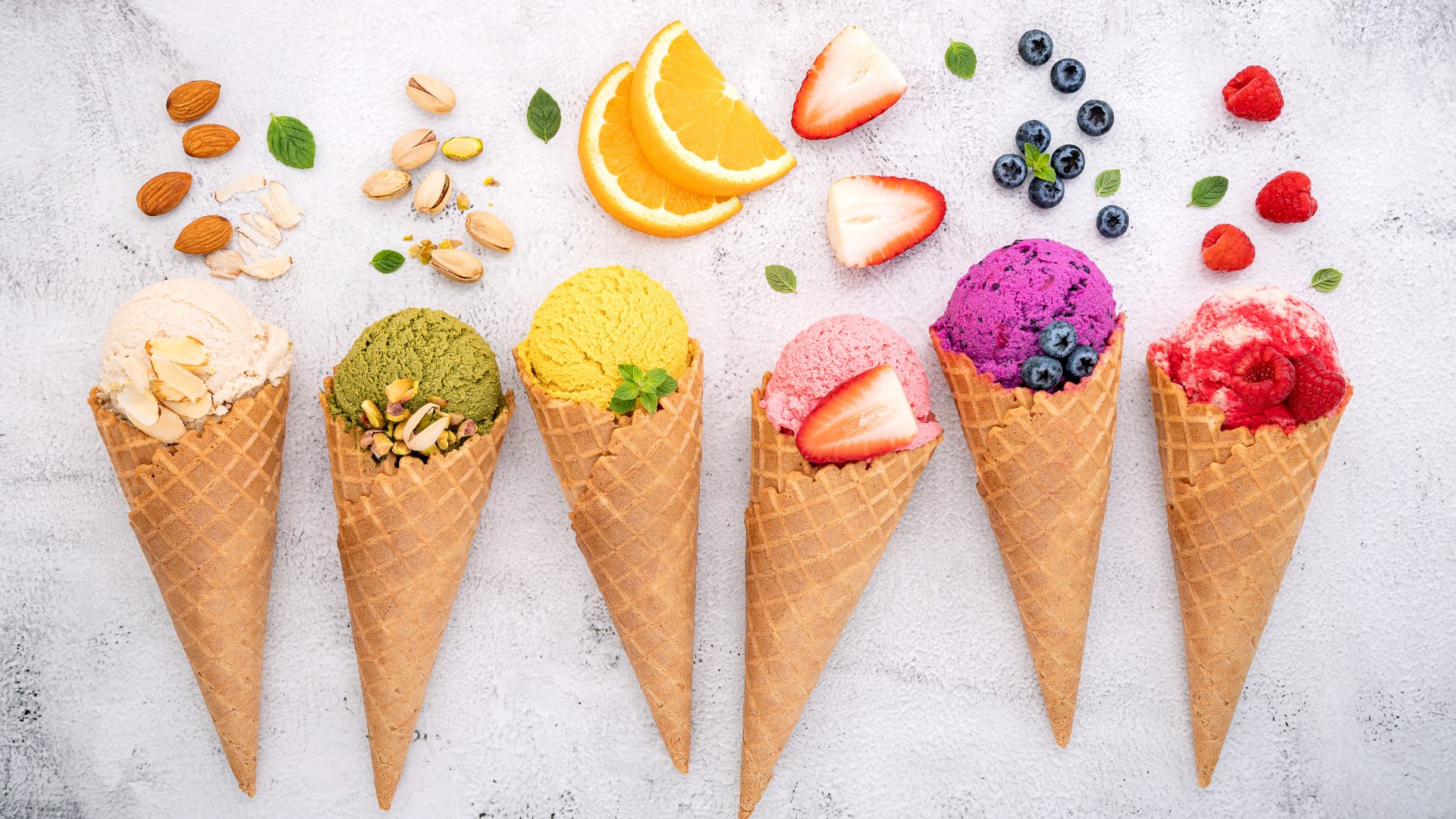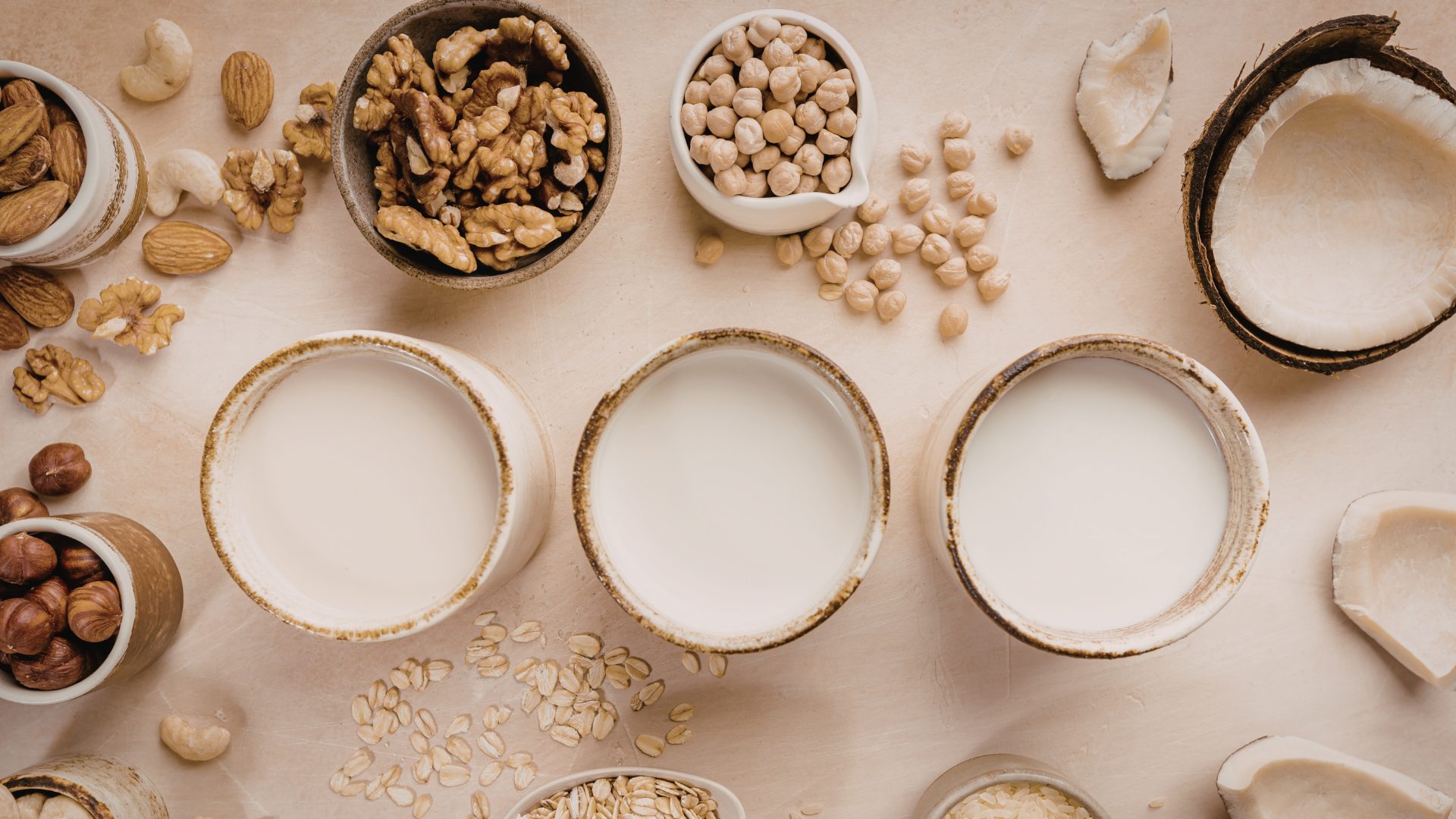Despite forecasts predicting this year’s Amazon Prime Day would dilute sales across its two-day longer sales event, which ran July 8-11, the data shows that Americans are still spending.
In fact, the event nearly doubled last year’s $14.2 billion in sales in 2024, ending this year at a record $24.1 billion, up from Adobe Analytics original projection of $23.8 billion, the company noted.
The scale of the event rivaled more than two Black Fridays.
In a separate Numerator report, groceries, health and wellness items, and household essentials were among the top categories purchased, showcasing the F&B industry’s healthy market share of the promotional event.
Some of the grocery deals running during Prime Day 2025 included 50% off ice cream and frozen desserts at Whole Foods Market and $30 off purchases of $150 or more across Amazon Fresh products.
Based on units purchased, Premier Protein Shakes was the most successful item over the four days; in position three, Liquid I.V. Packets took the bronze.
Additional insights from the report found that average order sizes totaled $53.34, with almost two-thirds of households making two or more separate orders. By household, the average spend hit $156.37.
The e-commerce giant expected Amazon Fresh to require a bigger operational lift this year, as corporate employees were asked to assist in grocery delivery in anticipation of the event.
“In efforts to help connect Amazon Fresh Warehouse with corporate teams, we are asking for volunteers to help us out with Prime Day to deliver to customers on our biggest days yet,” wrote a corporate employee in an internal Slack message reviewed by The Food Institute.
What Worked for Brands?
Marketing strategies were the backbone of this Prime Day 2025’s success.
GenAI-enabled online shopping decisions were also up by 3,300% year-over-year during the promotional period, which shows that consumers are more often consulting these tools when making purchases; however, the traffic from this avenue is still far below other search channels, noted Adobe.
A larger portion of sales traffic came from social media influencers (19.9% or revenue), the second largest driver next to paid search (28.5% of revenue). Adobe’s research also found that these influencers converted 10x more shoppers to purchase a promotional item than all other social media marketing tactics.
Vendors’ promotional strategies seemed to pay off, with 68% of consumers noting they were either extremely or very satisfied with the deals offered on the platform, according to the Numerator report, even after 56% compared prices to competitors.
Knowing one’s consumer base is key to marketing these deals. Research found that 75% of Prime Day 2025 shoppers were female. Moreover, 40% of shoppers were located in suburban areas, and 47% were considered middle-income households.
Additional insights from the Numerator report include:
- 87% were members of Amazon Prime and have been for more than one year
- 97% knew it was Prime Day before shopping
- 50% said Prime Day 2025 was their main shopping reason
The Adobe report noted, too, that although it saw consumers tend to trade up for pricier goods, having been motivated by deep discounts to consider higher-ticket items, grocery was among the categories where consumers prioritized lower-priced goods, with the segment’s share of its most expensive goods dropping 7% compared to average YTD levels.
The Food Institute Podcast
Several economic headwinds indicate the consumer is being financially stretched, but we all need to eat – so what are consumers actually buying at the grocery store? Nik Modi of RBC returns to The Food Institute Podcast to discuss channel differentiation, consumer product selection, and other macro trends.


